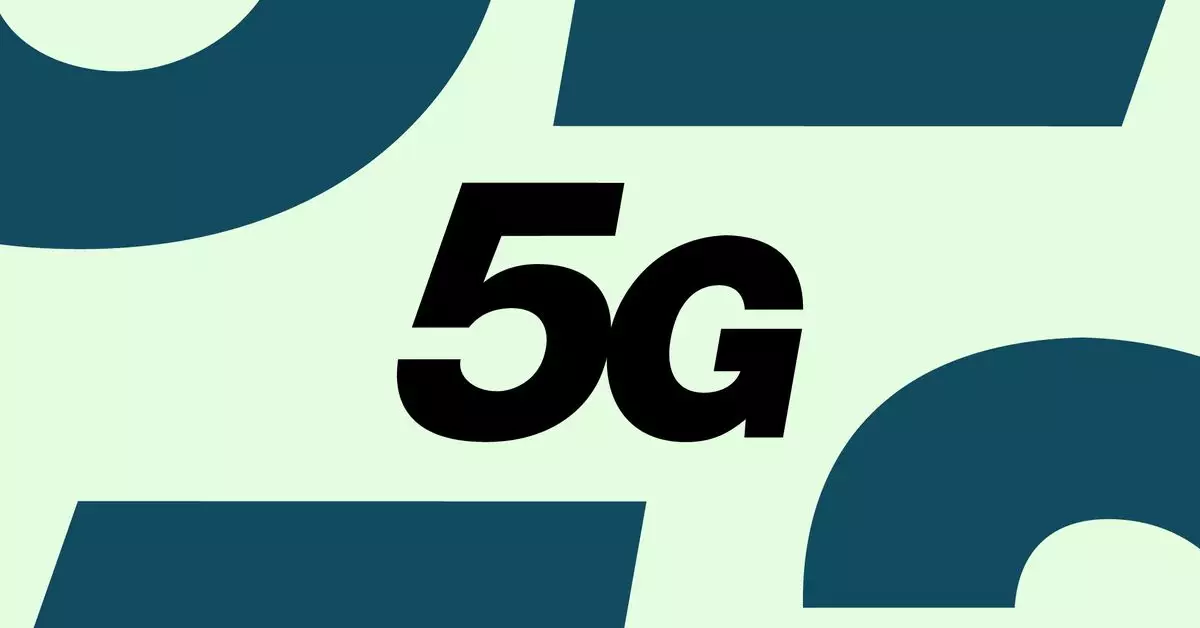The world of telecommunications is constantly evolving, and one of the latest advancements poised to make a significant impact is RedCap, also known as NR-Light or reduced capability 5G. As tech giants T-Mobile and AT&T gear up to unveil their initial devices utilizing this new standard, it’s essential to delve into what RedCap represents for the Internet of Things (IoT) and the broader tech ecosystem.
RedCap is essentially a variation of the 5G specification designed specifically for devices that don’t require high bandwidth. This particular bandwidth limitation makes it especially suitable for IoT applications, where simplicity and energy efficiency are crucial. Devices like smartwatches, sensors, and surveillance cameras are prime candidates for this technology. By supporting low-bandwidth communications, RedCap enables longer battery life and reduced costs, giving manufacturers the opportunity to produce more affordable and lightweight devices.
Telecom companies are racing to adopt this innovative technology, with AT&T and T-Mobile leading the charge. While T-Mobile plans to roll out its RedCap-enabled devices by the end of this year, AT&T has set its sights on a 2025 launch. This staggered timeline indicates an eagerness to stay competitive while ensuring that devices are adequately tested and functional.
Initial Offerings: What’s on the Horizon?
Predictive assessments from industry insiders suggest that the first RedCap devices may include affordable mobile hotspots or dongles tailored for casual users. This prediction aligns with TCL’s recent announcement of a 5G USB dongle, indicating a trend toward accessible, lightweight connectivity solutions. Moreover, Qualcomm’s introduction of the Snapdragon X35 modem chipset last year has positioned itself as a critical component for RedCap devices, with both T-Mobile and AT&T on board.
The introduction of RedCap could catalyze a shift in how consumers interact with technology. With devices designed for prolonged usability at lower costs, the market may soon see an expansion in the adoption of IoT devices. This could, in turn, promote innovations in various sectors, from healthcare to smart home technology. As consumers become accustomed to the perks of lighter, smarter devices, industry giants may need to respond with even more tailored products over time.
RedCap represents a pivotal development within the telecommunications arena, offering the potential to revolutionize how IoT devices connect and function. With leading companies like T-Mobile and AT&T set to introduce their offerings, an exciting race towards broadening the 5G landscape is underway. As anticipation builds, it will be intriguing to observe how these innovations will reshape consumer technology and integrate into our daily lives, making connectivity smarter, simpler, and more accessible than ever before.


Leave a Reply